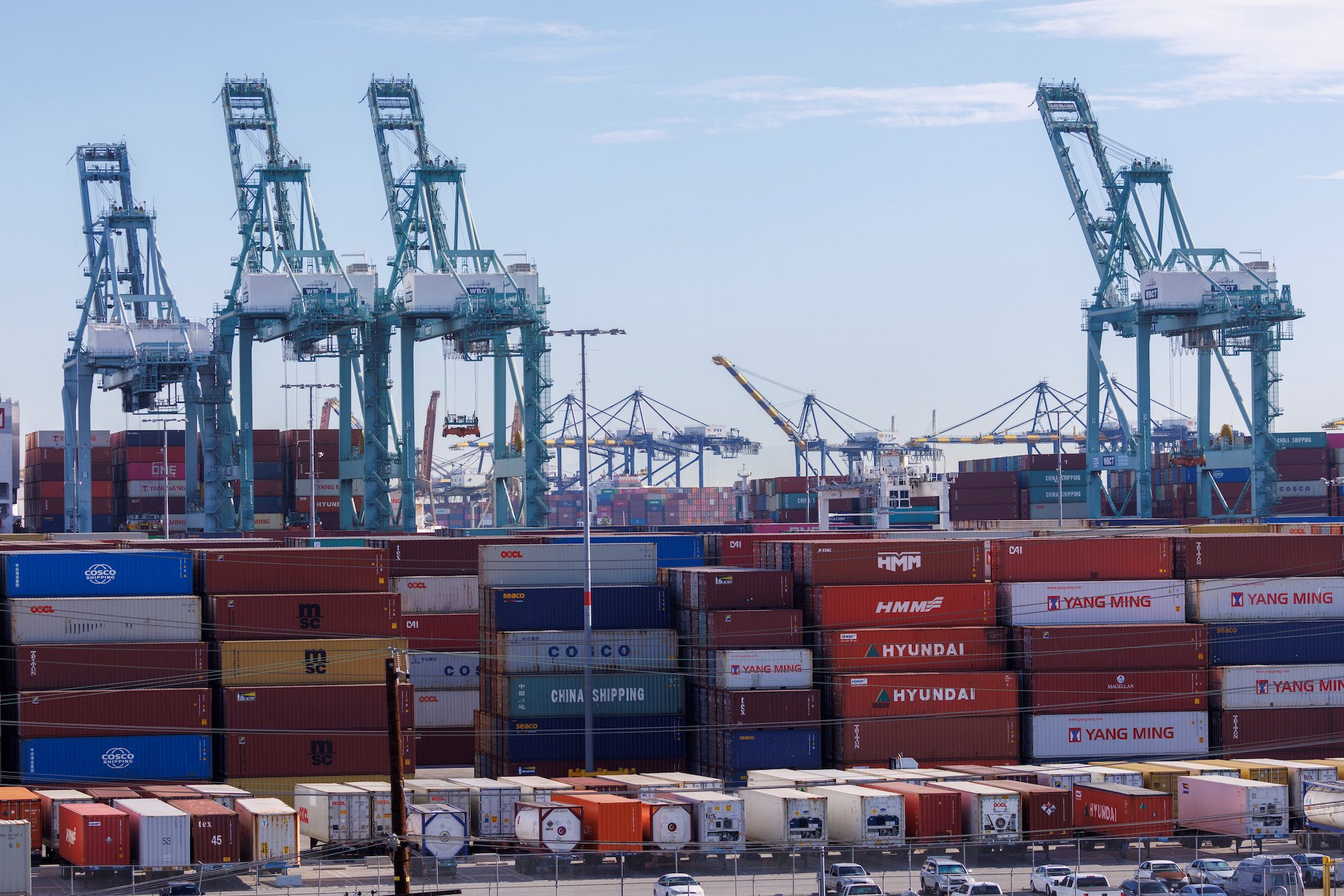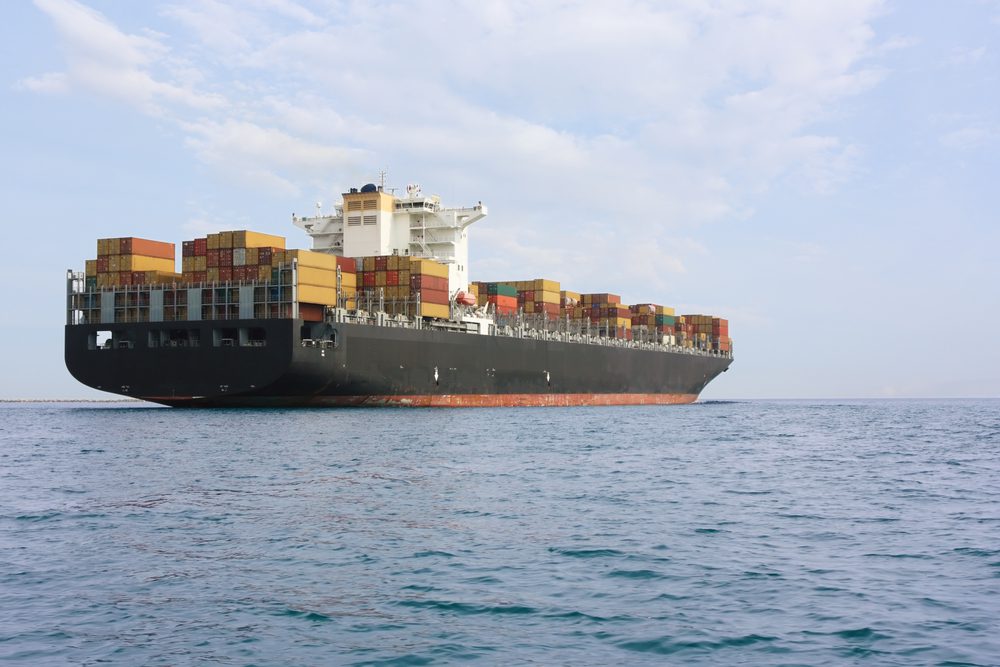CHICAGO, May 17 (Reuters) – The U.S. supply chain is healing from early pandemic shocks that sent shipping costs sky rocketing and squeezed supplies of everything from toilet paper to pasta, but more than three years later, material shortages and hiring woes linger.
Rates for trucking, ocean shipping and other transportation tumbled after U.S. consumers shifted spending from big-ticket items like furniture, BBQ grills and big-screen TVs to travel and other entertainment, offering a reprieve to beleaguered shippers.
However, “there’s still a pretty big mess out there,” said Ryan Patel, senior fellow at Claremont Graduate University’s Drucker School of Management.
The labor market remains tight, fueling costs. Elsewhere, machine parts shortages persist and cement has become difficult to find as automakers and other manufacturers catch up with demand and the U.S. ramps up infrastructure projects.
U.S. supply chains are suffering from a “long-term hangover,” said Dean Croke, principal analyst at DAT Freight & Analytics, a transportation data provider.
Speakers from Walmart, Colgate-Palmolive, Toyota and other companies will discuss their supply-chain strategies at the Reuters Events supply chain conference in Chicago on Wednesday and Thursday, as inflation and interest rate hikes threaten to tip the economy into recession.
“We’ve still got certain sectors that are up and some that are down, which was a feature of the pandemic,” Croke said.
That’s even true within sectors, Croke added, pointing to recent manufacturing data, which remained depressed even as segments like motor vehicles reported gains. Manufacturing accounts for the majority of U.S. truckload ton miles, he said.
After spending whatever it took to keep store shelves stocked during the early days of the pandemic, supply chain executives now are wringing out costs to shelter profits from eroding demand, said Alan Amling, distinguished fellow at the University of Tennessee’s Global Supply Chain Institute.
For example, Target aims to cut ship-from-store costs by setting up local consolidation centers that pull inventory from local stores and pack them on-site, reducing fulfillment costs and the number of orders that ship in separate boxes. It also groups deliveries by area to reduce delivery miles.
“We’re moving into a new stage, from just trying to keep our head above water to going back to an efficiency mindset,” Amling said. “That’s a really good thing for the supply chain.”
(Reporting by Lisa Baertlein in Los Angeles; Editing by Bill Berkrot)
(c) Copyright Thomson Reuters 2023.

 Join The Club
Join The Club












